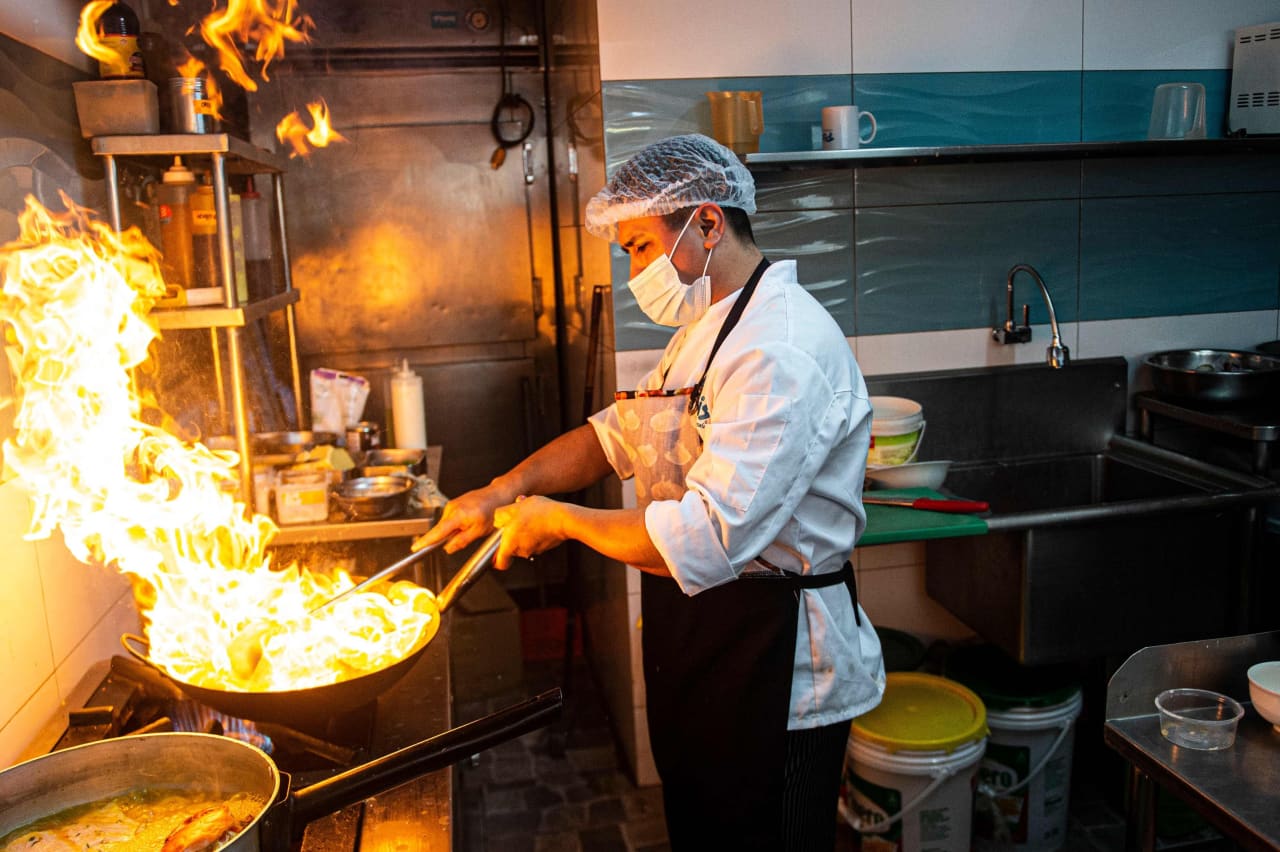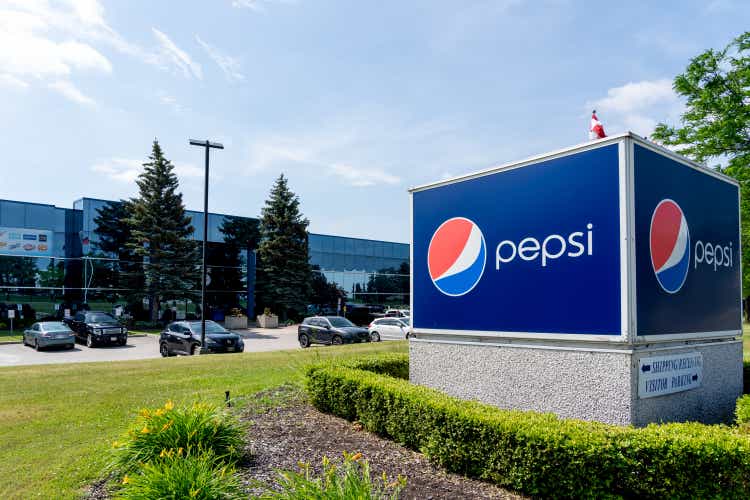Opinion: Work is more dangerous for young people. Here’s what employers can do about it:

Think about your first job. Perhaps you’ve been delivering pizza, bagging groceries, busing tables, or doing landscaping work. Do you have sufficient training to prevent potential injuries? Maybe you didn’t, and your boss or supervisor just told you to go to work.
Employing young people helps them in many ways. They can learn a job, develop job skills, take responsibility and earn money. But there are also risks. Americans between the ages of 15 and 24 are up to 2.3 times more likely to be injured at work compared to workers over 25. In 2021, 398 workers under the age of 25 died from injuries suffered at work.
In my research into the unique occupational safety risks young workers face, I have identified three common causes of vulnerability to these injuries: That is, lack of experience, physical and brain development, and reluctance to speak up.
Physical and Cognitive Limitations
The 19 million young people currently employed make up about 13% of the U.S. workforce. Work is riskier for young people because they have less time than older colleagues to become aware of many of the hazards common in the workplace.
However, this issue is usually not addressed during the onboarding process. Even people who are trained to perform specific tasks may not learn how to prevent common injuries. These include tendonitis from scooping ice cream for hours, burns from operating a fryer, lacerations from sharp objects, slips, trips, and falls.
It’s also important to remember that your body and brain continue to develop until adulthood, around age 25. This could make some jobs riskier for the 55% of individuals aged 16 to 24 who work before that point.
For example, workers in their teens and early 20s may be smaller and weaker than older workers. Additionally, some safety equipment, such as gloves and masks, may not fit properly.
In addition to the physical changes that occur during adolescence, the brain also develops and reorganizes into early adulthood. The frontal lobe, which is used for decision-making and helps people think before they act, continues to develop into adulthood and can lead to risky behavior.
Young people tend to seek approval and respect, which influences their decision-making. They also engage in risky behaviors, both inside and outside of work, that can affect their performance at work.
Finally, many young workers are reluctant to speak up when they have concerns or ask questions when they don’t know what to do because they don’t want to lose the respect of their boss or supervisor. They may not want to admit that they need help to avoid appearing unqualified.
Protections are weak in some states
Despite these inherent risks, Arkansas, Iowa and other states have recently weakened their labor laws, loosening restrictions on the types of work teens can do and increasing the hours they can work.
This comes at a time when the number of child labor violations is increasing and more children are being killed or injured, especially when performing tasks that violate federal labor laws.
For example, Duvan Tomas Perez died in August 2023 while cleaning machinery at the Mar-Jac Poultry plant in Hattiesburg, Mississippi. Perez was 16 years old. So did Michael Schuls, who died in June 2023 while trying to free a tree jam. – Stacking machines from Florence Hardwoods, a Wisconsin lumber company. Another 16-year-old, Will Hampton, also died that month while working at a landfill in Lee’s Summit, Missouri.
Middle school teachers in Nebraska found that students who couldn’t sleep at school were working night shifts at a slaughterhouse, doing hazardous cleaning work that could cause chemical burns.
The Fair Labor Standards Act of 1938 established federal standards to ensure workplace safety for workers under the age of 18 and prohibit employers from interfering with educational opportunities. The law sets the minimum age for formal employment at 14, limits how long and for how long children can work, and outlines the types of work children can safely perform.
Some of the new state labor laws allow children to work in more hazardous jobs and limit employers’ liability for injuries, illnesses and even deaths on the job. However, if state labor laws are less restrictive than federal law, federal standards apply.
The U.S. government is also strengthening law enforcement efforts. The Department of Labor found 4,474 children employed in violation of federal child labor laws between October 1, 2022, and July 20, 2023. As a result, employers including McDonald’s and Sonic fast food franchises were fined more than $6.6 million.
In an interview with “60 Minutes,” a Department of Labor investigator explained how the government determined Packers Sanitation Services employed more than 100 children in violation of child labor laws.
3 Steps Employers Can Take
In addition to complying with the law, employers and supervisors must address the unique risks to young workers by taking the following essential steps:
• Provide training on how to perform tasks safely and supervise young workers until key tasks are mastered. Training should be conducted immediately before new employees are ready for their first shift, as well as whenever new tasks are assigned, when there are new hazards in the workplace, and after an injury or near miss occurs in the workplace.
• Model safe behavior. Remember that young workers often learn by observing their supervisors and coworkers, who can reinforce safety expectations and build a safety culture.
• Consider worker abilities when assigning tasks and check in regularly, especially when switching tasks. Ask open-ended questions like, “What steps will you take to accomplish this task?” This is contrasted with questions that can be answered with yes or no, such as “Do you know how to do this?” Let workers know how to report concerns and who they can contact if they have questions about workplace procedures and policies.
These strategies are easy to implement and cost little to follow. This will certainly make it safer for workers in their teens and early twenties to gain the valuable work experience they want and need, while also ensuring that employers maintain safe, productive workplaces that prepare the workers the U.S. economy will increasingly rely on in the years to come. Help.
Diane Rohlman is associate dean for research, professor, and chair of rural safety and health at the University of Iowa..
This article is republished from The Conversation under a Creative Commons license. Read the original article.
more: Research shows that remote work offers less room for advancement and less stress.
Also read: Do you have a side job or are you thinking about it? Consider this investment instead.



